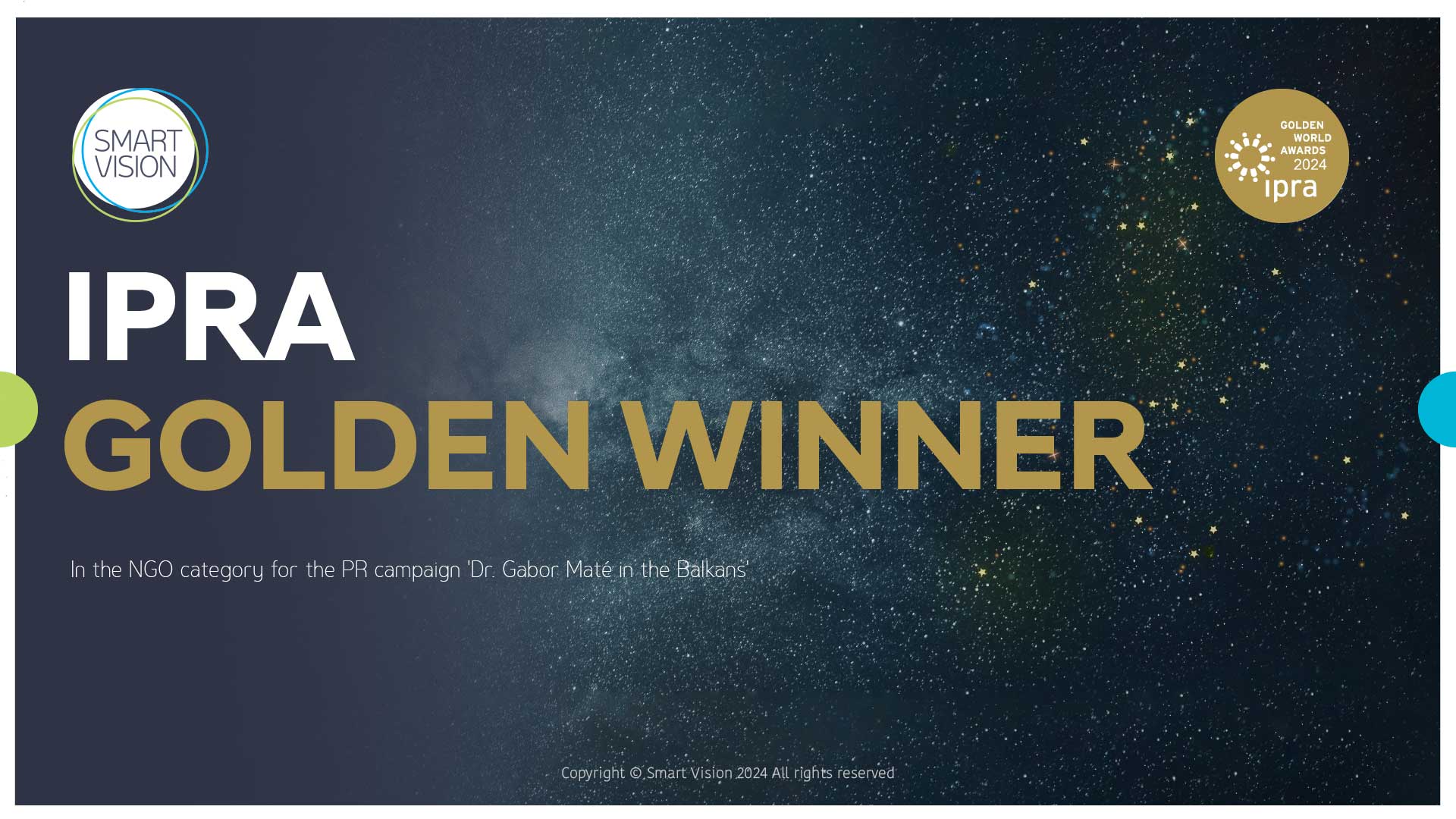Online media and social networks have undoubtedly changed the communication environment and the ways in which communicators deliver their messages, that is, the ways in which audiences reach for information. Each specific market has adapted to these new ways of communication in its own way, thus creating a sort of distribution of influence between traditional and new media. We have exchanged experience on this and similar topics with our fellow GlobalCom PR network member agencies, and below we make the most interesting observations related to both Serbia and several media markets in this part of Europe.
Serbia
Which has a greater influence – traditional of social media? Simple and universal answer is not available. It is necessary to consider the specific needs of the target audience and its characteristics. In brief, a more audience aged 40-50 upwards, still gets most of its information from traditional media, both print and TV, while the population under 30-40 gets its information mostly from online issues and social media.
When it comes to social media, influencers on Facebook and Instagram can affect the perception of audiences ranging from 15-35. It is essential to bear in mind that the influence of online media and social media is constantly growing and that it is estimated that as many as 81% of people in Serbia use the internet daily.
Romania
In Romania the 2008 crisis led to a decrease in sales and the dismissal of large numbers of journalists. The circulation of print editions has decreased, so their online editions are undoubtedly more popular. For example, one of the most important newspapers has 7,000 copies a day, with over 178,000 unique daily web page visitors.
The number of blogs is on the rise, with about 95,000 blogs to date and some having over 50,000 unique visitors, making them comparable to the media.
Croatia
The media market in neighboring Croatia is characterized by a strong television sector and a concentrated national press in decline while strengthening online communication channels. It is estimated that 56% of the population is turning to social networks as an alternative to traditional media.
You can check out more on the GlobalCom PR Network blog.





